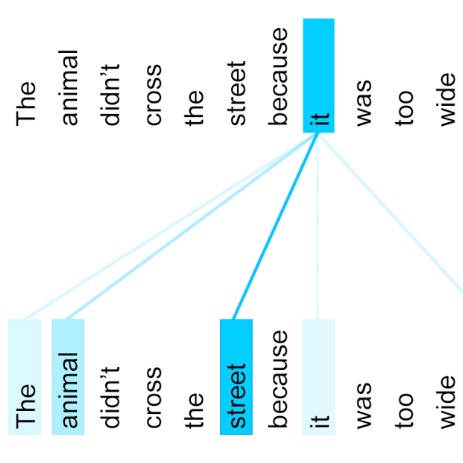The Value-at-Risk (VaR) is a widely used instrument in financial risk management. The question of estimating the VaR of loss return distributions at extreme levels is an important question in financial applications, both from operational and regulatory perspectives; in particular, the dynamic estimation of extreme VaR given the recent past has received substantial attention. We propose here a two-step bias-reduced estimation methodology called GARCH-UGH (Unbiased Gomes-de Haan), whereby financial returns are first filtered using an AR-GARCH model, and then a bias-reduced estimator of extreme quantiles is applied to the standardized residuals to estimate one-step ahead dynamic extreme VaR. Our results indicate that the GARCH-UGH estimates are more accurate than those obtained by combining conventional AR-GARCH filtering and extreme value estimates from the perspective of in-sample and out-of-sample backtestings of historical daily returns on several financial time series.
翻译:风险值(VaR)是金融风险管理中广泛使用的一种工具,从业务和监管角度评估极端水平损失回报分布风险值是财务应用中的一个重要问题;特别是,最近对极端风险值的动态估计已引起大量关注。我们在此建议采用两步偏差减少估计方法,即GaRCH-UGH(Unibesed Gomes-de Haan),首先使用AR-GARCH模型过滤财务回报,然后对标准残留物采用偏差减少的极端量化数估算器,对动态极端风险值前一步进行估算。我们的结果表明,GaRCH-UGH估计数比通过将常规的AR-GARCH过滤和极端价值估算相结合,从若干财务时间序列中抽取历史日回报的抽样和抽取的反向测试得出的估计数更准确。




